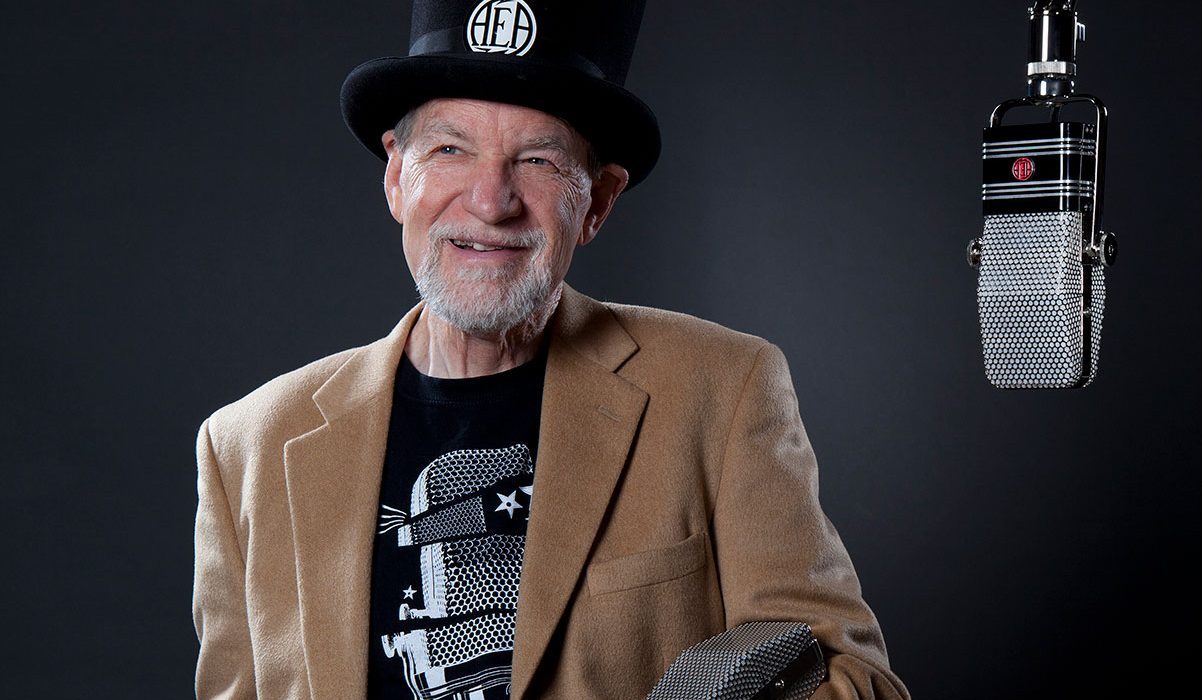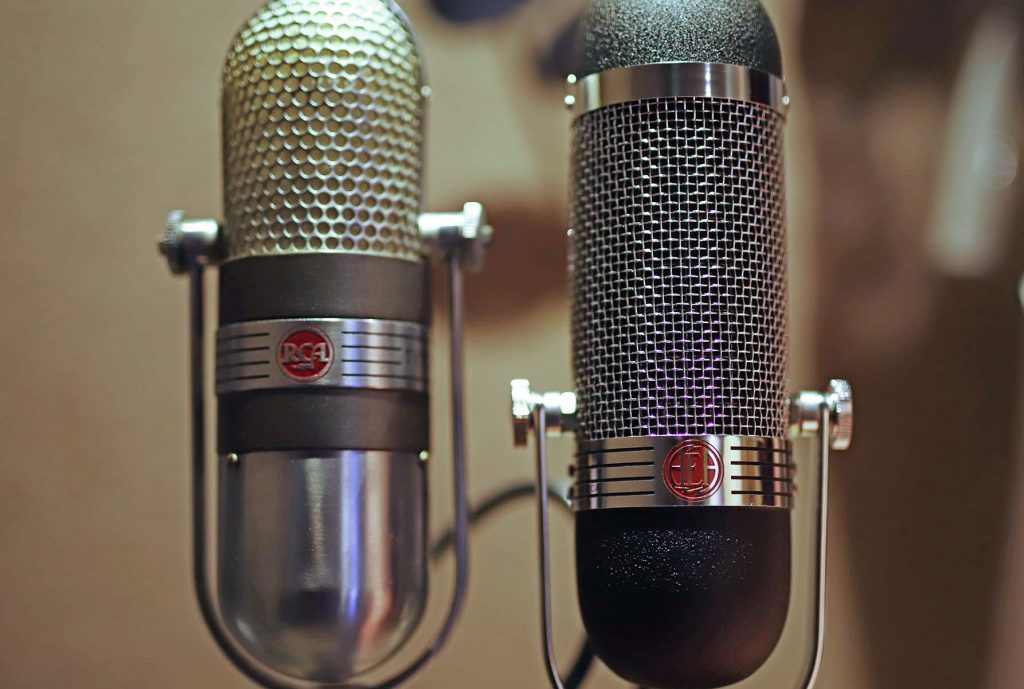

The Last 20 Years of the AEA R44
“The RCA 44B was the first great music microphone”, Les Paul once said to me, “It sounds right on everything, every instrument and voice.”
RCA produced the 44B/BX until 1966. In 1976, AEA’s then-Chief-Engineer, Dick Knoppow, and my friend, film scoring engineer Shawn Murphy were both major proponents of the 44 and piqued my interest in carrying its tradition forward. Knoppow and I then visited Jon Sank, RCA’s chief engineer at the time, and he taught us RCA’s technique for installing and tensioning ribbons. Along with passing us the torch, Sank gave us a large stack of NOS ribbon material and a ribbon corrugater that AEA still uses to this day. We then began servicing 44s for Capitol Studios, A&M Records, Abbey Road, other scoring stages and studios around the world.
In 1995, I began a fight with the same head and neck cancer that had, eight years earlier, killed my mentor, audio engineer Richard Heyser. He was another devout believer in the ability of the 44 to achieve brilliant sound in any application. While in cancer treatment, I lost another friend, musician Richard ‘Dick’ Rosmini to ALS. Like Les Paul, Dick was a superb guitarist who taught himself recording technology in order to better present his music. His search for the world’s best guitar mic culminated with an RCA 44BX he’d bought from none other than Richard Heyser. These were some of the friends and mentors that inspired my passion for the 44 and the pursuit of great sound.
My battle with cancer and the loss of those dear friends gifted me newfound perspective, so I sought the means with which to leave a legacy for my children. I spent the next three years creating the AEA R44C, drawing unique insight from AEA’s experience servicing RCAs. At the AES Golden Anniversary convention in New York, some retired RCA engineers visited our booth to assess our work. I was concerned they’d come to criticize, but instead, they expressed support for what we’d achieved and offered blessings of good luck.
We officially debuted the complete R44C at the 1998 AES in San Francisco. Film Scoring engineers were early adopters. Shawn Murphy, John Williams’ engineer, ordered the first pair. John Kurlander ordered the second pair and, with them, created a unique Academy Award-winning mix for Lord of the Rings. Howard Shore, the composer of the film, went on to win two Original Score Academy Awards.
A friend of mine once said to me, “Wes, I want a 44, but I want to stay married. Can’t you do a design that isn’t so bloody expensive?” Seeking a true Big Ribbon that was both easier to make and to afford, I began my first original designs in 2003 with the R84, a mid-distance passive ribbon with the silhouette of the RCA 77DX, a new motor design with the transformer, ribbon, and sub 20 Hz tuning of the R44C. It continues to gain new fans to this day, and we later released a phantom powered version called the R84A.
My next project was the 2005 Blumlein Stereo R88, now in Mark 2 with a revised shock mount. Many people already used 44s and 84s in mid-side or Blumlein configurations, so I set out to make a practical stereo ribbon array. Like all AEA Big Ribbons, the R88 delivers effortless bass and smooth extended highs. The R88’s soundstage has stunning accuracy and depth and has become a classic in its own right.
The R92, AEA’s first near-field ribbon, completed our passive line up. It is extremely affordable and a great mic for project studios seeking the smooth Big Ribbon sound in near-field applications. All these passive, native figure-eight Big Ribbon microphones share the same transformer, ribbon, and sub 20 Hz tuning.
The AEA team and I developed the KU4, which draws from the RCA Film Sound legacy and is a true modern supercardioid ribbon mic, used in the studio and on stage by artists such as Jack White and the Wandering Hearts.
In 2014, to bookmark AEA’s 50th year, we released the NUVO Series mics, the silver near-field N22, and the next year, the black far-field N8. I feel that these compact phantom powered microphones define the Ying and the Yang of Big Ribbons.
To celebrate the 52 weeks of the R44C’s 20th year, AEA is building 52 signed, matte black, R44 Active CEs. I like to think of it as a small nod to the man in black, Johnny Cash. These microphones use the A440’s custom high ratio amorphous core transformer and unity gain, phantom powered impedance buffer. It’s a unique and exceptional microphone for those who truly appreciate great sound.
After 75 years, I’m still not slowing down. I’m profoundly thankful to be a part of AEA and there are more developments ahead. I won’t spoil the surprise, but stay tuned!

